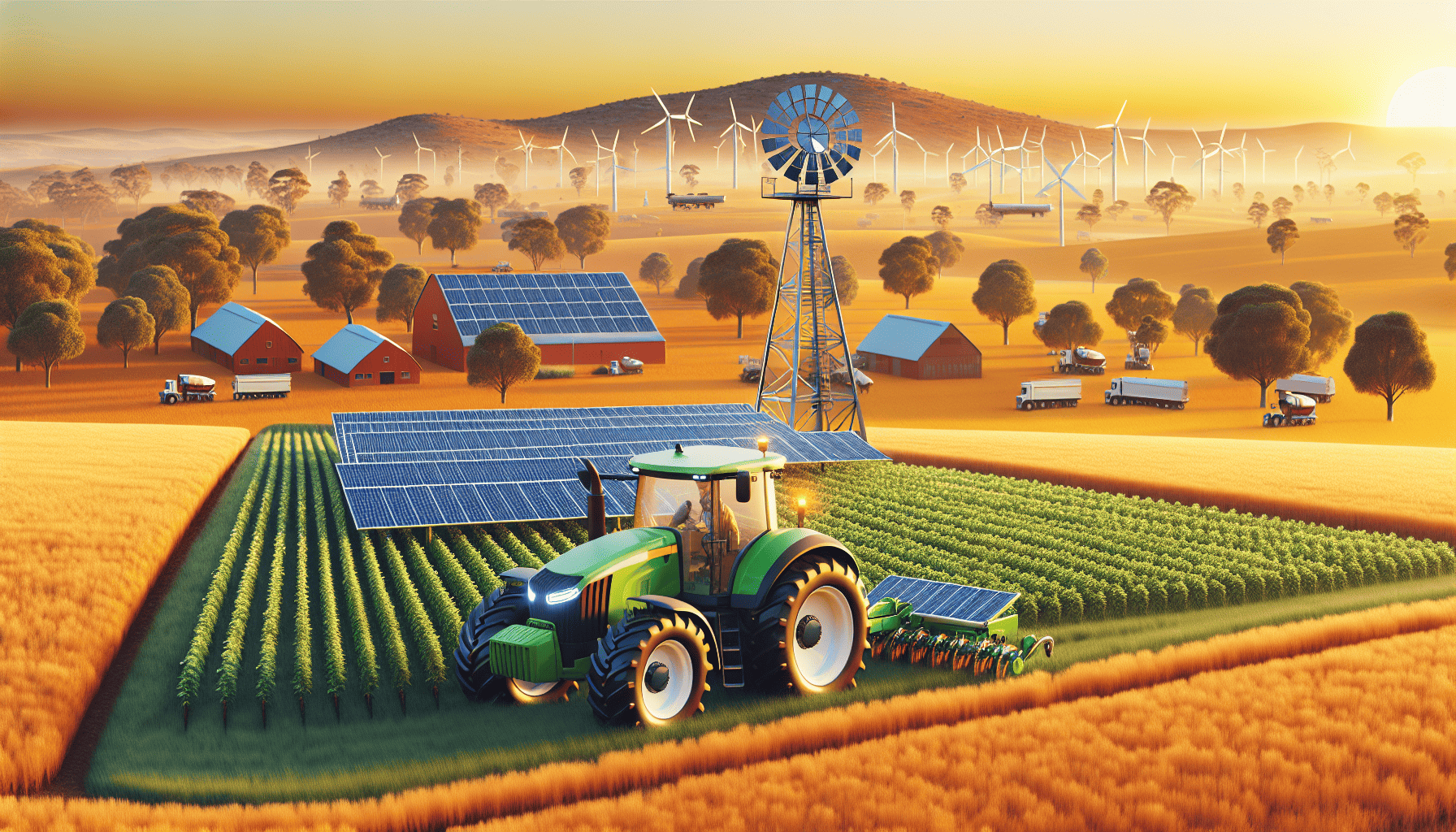As the world faces increasing demands for food amidst changing climate conditions, the agricultural sector is witnessing a transformative shift powered by smart farming. In Australia, where agriculture plays a vital role in the economy, smart farming is heralding a new era characterized by the integration of cutting-edge technologies and sustainable practices. This revolution is reshaping the way farmers grow crops, raise livestock, and manage resources, promising enhanced efficiency, productivity, and environmental stewardship.
At the heart of smart farming is the use of advanced technologies such as the Internet of Things (IoT), artificial intelligence (AI), drones, and precision agriculture tools. These technologies enable farmers to make data-driven decisions, optimizing every aspect of agricultural production. For instance, IoT sensors installed in fields can monitor soil moisture, temperature, and nutrient levels in real-time. This data is then analyzed by AI algorithms, which provide actionable insights to farmers, enabling them to make precise irrigation and fertilization decisions. This not only maximizes yields but also conserves vital resources like water and fertilizers.
Drones have become another indispensable tool in the smart farming toolkit. Equipped with high-resolution cameras and sensors, drones can capture detailed aerial images of crops, identifying areas of stress or pest infestation that might be invisible from the ground. This allows farmers to apply targeted treatments, reducing the need for blanket pesticide applications and thus minimizing environmental impact. Additionally, drones can assist in planting seeds and monitoring livestock, further enhancing farm management.
Precision agriculture, a cornerstone of smart farming, employs GPS technology to create detailed maps of fields. This allows farmers to implement variable-rate technology (VRT), which adjusts the amount of seed, water, or chemicals applied to specific areas based on precise field data. Such customization improves yields and resource efficiency, ultimately leading to more sustainable farming practices.
While the benefits of smart farming are substantial, including increased productivity, enhanced sustainability, and improved quality of produce, there are also challenges that come with its adoption. One major hurdle is the high initial investment required for technology implementation. Many small-scale farmers may find the cost prohibitive, necessitating government support and subsidies to bridge the gap.
Moreover, the integration of new technologies demands a shift in skill sets. Farmers must become proficient in data analysis and digital tools, posing a significant learning curve, particularly for older generations accustomed to conventional practices. Training programs and educational initiatives are crucial to equip the agricultural workforce with the necessary skills to embrace this technological revolution.
Data security and privacy also present concerns, as the increasing reliance on digital technologies exposes farms to cyber threats. Developing robust cybersecurity measures and data management protocols is imperative to safeguard sensitive information and ensure the resilience of smart farming systems.
Despite these challenges, the path towards smart farming is one that promises significant rewards. In Australia, where extreme weather events and water scarcity are growing concerns, the adoption of smart farming practices can enhance resilience and sustainability. By conserving resources, reducing environmental impact, and boosting productivity, smart farming offers a blueprint for a sustainable agricultural future, ensuring that the sector can continue to thrive in the face of global challenges.
As we embrace this new era of smart farming in Australia, it becomes clear that the fusion of technology and agriculture holds the key to unlocking new possibilities. By addressing the challenges and fostering an environment conducive to innovation, Australia can lead the way in transforming agriculture into a model of efficiency and sustainability for the world to follow.
